Aerospace
Quick read

- Aerospace
- How I got here
- Issue 97
Q&A: Khadijah Ismail
After completing a degree apprenticeship with BAE Systems, Khadijah Ismail has turned her hand to writing STEM children’s books to inspire the next generation of engineers.
Quick read
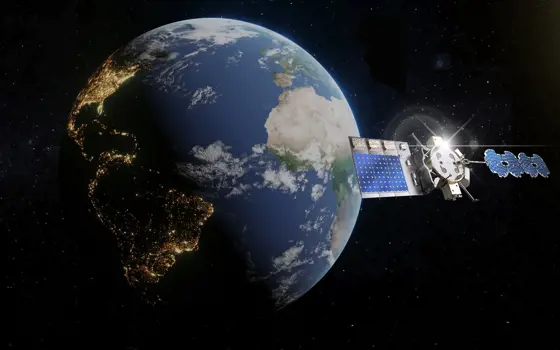
- Aerospace
- Innovation Watch
Generating solar energy from space
Renewable solar energy harvested from space could help us to meet net zero by putting large arrays of photovoltaic panels in orbit to send solar energy down to Earth.
Quick read
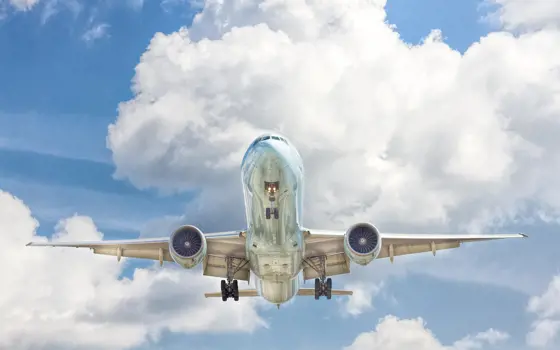
- Aerospace
- Design & manufacturing
- Technology & robotics
- Innovation Watch
How AI can help 3D print perfect plane parts
Finding and correcting 3D printing errors is especially tough in the aerospace sector: a part with even a 300-micron defect could be catastrophic.
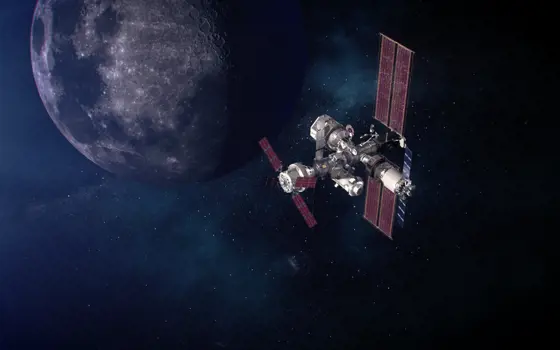
- Aerospace
- Electricals & electronics
- Issue 95
Lift-off for the UK's space industry
The UK has an impressive history in space and a now-thriving space sector, with three new spaceports on the way.
Quick read

- Aerospace
- How I got here
How I got here – Darrel Njogu
A passion for aviation led engineering student Darrel Njogu to pursue a career as an aerospace engineer, combining it with his love for science. Having spent a year on placement with BAE Systems, he plans to return to the company when he graduates later this year.
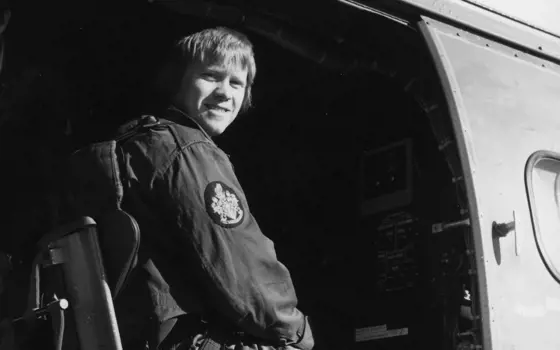
- Aerospace
- Mechanical
- Profiles
- Issue 92
The helicopter flight fixer
When Philip Dunford FREng started his career, flight test engineers flew alongside pilots. As his career progressed, flying time gave way to developing new aircraft.

- Aerospace
- Electricals & electronics
- Technology & robotics
- Issue 92
Why microseconds matter
Time’s time to shine: why is ultra-precise time so important for everything from bank transactions to public transport? The NPL’s Dr Leon Lobo explains all.
Quick read
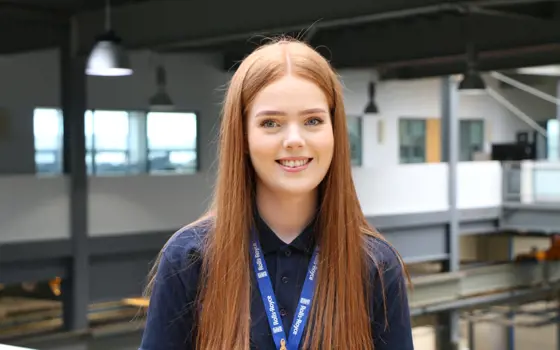
- Design & manufacturing
- Aerospace
- How I got here
- Issue 90
Q&A: Kate Todd-Davis
Apprentice Kate Todd-Davis followed her passion for aerospace and automotive engineering to Rolls-Royce – and gained a degree in manufacturing technology from the University of Sheffield along the way.

- Aerospace
- Electricals & electronics
- Software & computer science
- Issue 90
Supercharging GPS precision
With the help of startup FocalPoint (headed up by ‘the real-life Q’), we examine the past, present and near-future of this integral technology.
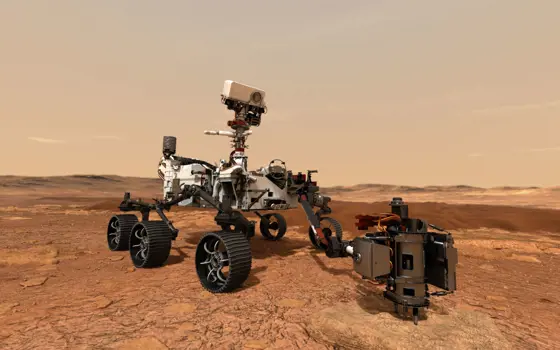
- Aerospace
- Electricals & electronics
- Issue 88
Why 1960s CCD technology is at the frontier of space exploration
In February 2021, NASA’s Perseverance rover landed on Mars, fitted with a suite of seven instruments designed to search for signs of past and present life. CCD technology was at the heart of two of these cutting-edge scientific devices.
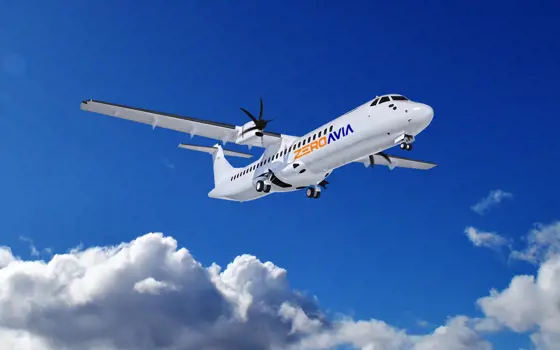
- Environment & sustainability
- Aerospace
- Issue 88
Towards zero carbon aviation
As with any energy-using industry, the aerospace industry shares the problem of eliminating carbon dioxide emissions by 2050, however they may find it the hardest of all. Val Miftakhov, Founder and CEO of California-based startup ZeroAvia discusses the first step on the road towards hydrogen-powered aircraft.
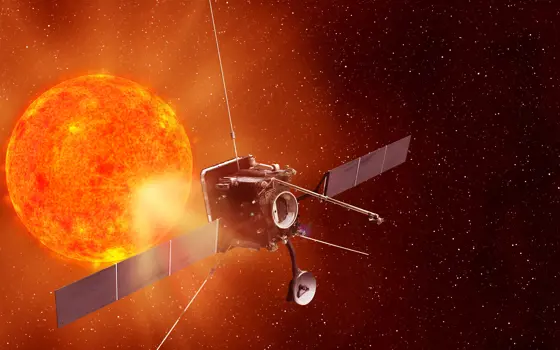
- Aerospace
- Issue 82
Flying close to the sun
A new European spacecraft, the Solar Orbiter, is set to improve our understanding of the Sun, including what gives rise to solar wind, a phenomenon that can affect technologies such as communications satellites and electric grids. The UK has invested €200 million in the €1.3 billion project and helped develop four of the instruments onboard.
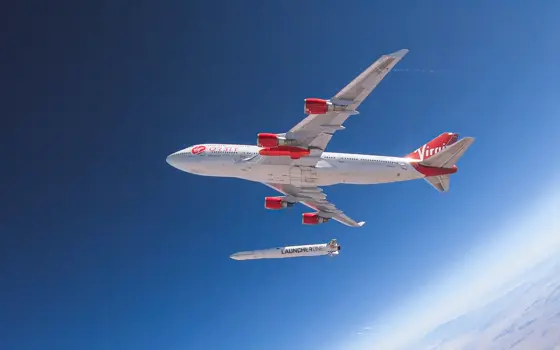
- Aerospace
- Issue 82
Launching low Earth orbit satellites from UK spaceports
Spaceports represent an ingenious solution to the logistical challenges of launching small satellites into orbit. Neil Cumins reports on two spaceports at opposite ends of the UK that will use different methods to launch low Earth orbit satellites into space.
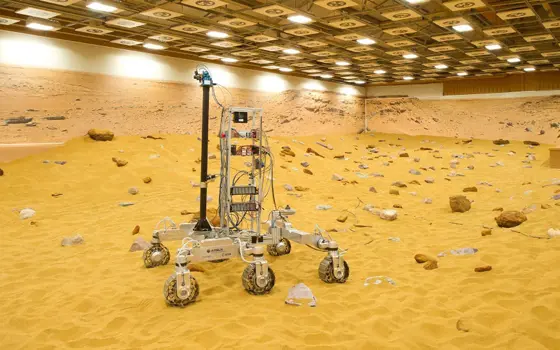
- Aerospace
- Issue 81
Finding life on Mars
The UK has sent dozens of spacecraft to space, but has never successfully landed one on another planet. Tereza Pultarova spoke to UK engineers working on the European ExoMars rover about the technology that will enable some ground-breaking discoveries – including finding traces of what may have been life on Mars.
Quick read
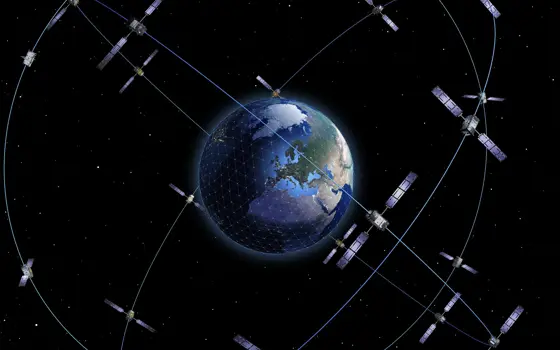
- Electricals & electronics
- Aerospace
- Technology & robotics
- How does that work?
- Issue 81
Global positioning system (GPS)
The global positioning system (GPS) enables anyone with a smartphone or navigation units on cars to pinpoint their location or tell the time. Initially developed for military use, it now has applications ranging from aviation safety and banking to rescuing ships in distress.
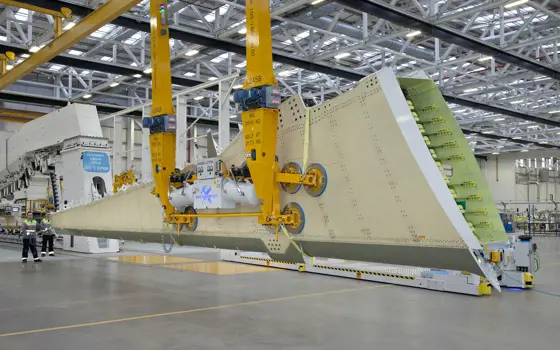
- Aerospace
- Materials
- Issue 80
Composites take off
The wing of the Airbus A220 won the Bombardier the 50th anniversary MacRobert Award for engineering innovation. It was the first certified aircraft wing made using resin transfer infusion, resulting in a smaller environmental impact from its lighter weight and reduced manufacturing energy.
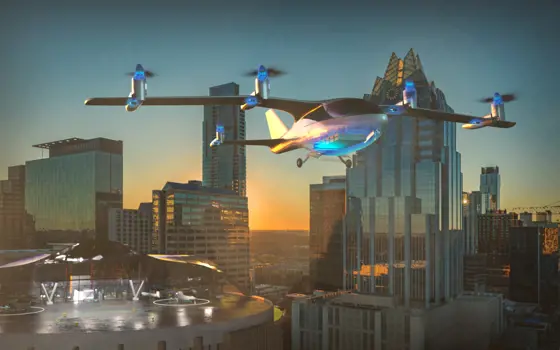
- Aerospace
- Environment & sustainability
- Opinion
- Issue 79
Can electrification solve aviation’s emissions problem?
Paul Stein FREng, Chief Technology Officer at Rolls-Royce, sets out why the industry and policymakers should be looking at electrification to address the challenges of the aviation industry's green credentials among a growing population experiencing decreasing costs of air travel.
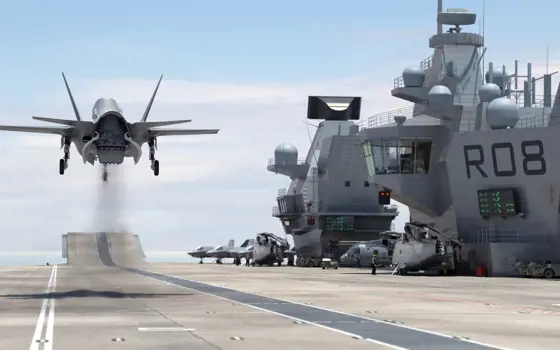
- Aerospace
- Issue 76
An innovative flight simulator for vertical landing
The first of the UK’s new Queen Elizabeth Class aircraft carriers, will head out to the US to operate with the F-35B aircraft for the first time. In a small corner of Lancashire, a group of pilots has been ‘flying’ the aircraft in a flight simulator in preparation.
Quick read

- Aerospace
- Technology & robotics
- How I got here
- Issue 76
Q&A: Sinead O'Sullivan
Sinead O’Sullivan is an academic researcher at Harvard Business School and the US Center for Climate and Security, working on aerospace engineering, technology, business and policy. She is also commercialising technology to monitor interference in democratic elections.
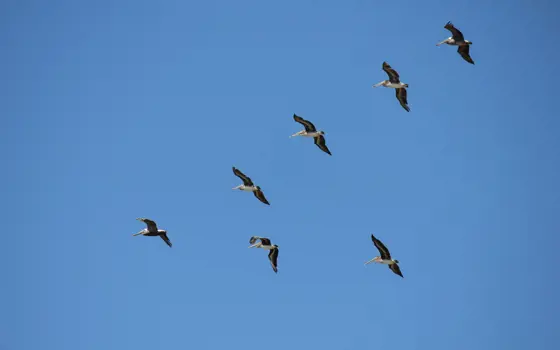
- Aerospace
- How does that work?
- Issue 75
Birds flying in a V formation
Migratory birds such as ducks and geese fly in a symmetric V-shaped flight pattern, known (not unexpectedly) as a V formation. The reasons for this follow from the applications of aeronautics, fluid dynamics and energy minimisation.
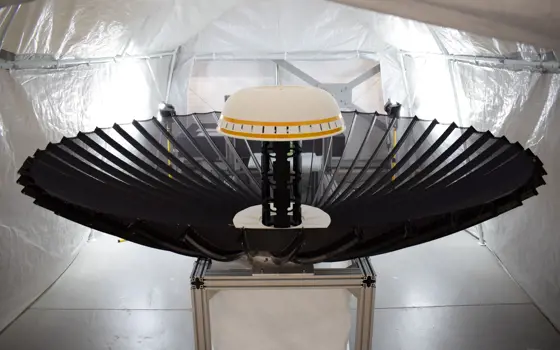
- Aerospace
- Innovation Watch
- Issue 75
Space-saving solutions for satellites
Harwell space business Oxford Space Systems is pioneering a new generation of deployable antennas and structures that are lighter, can be stowed more efficiently, and are more cost-effective than current alternatives for the global satellite industry.
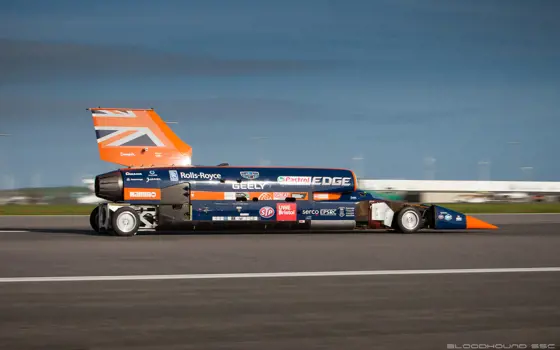
- Mechanical
- Aerospace
- Issue 73
Ready to break records
In October 2017, almost a decade of engineering development finally came to fruition when the Bloodhound Supersonic Car embarked upon its first tests at Newquay Airport. Mark Chapman, Bloodhound’s Engineering Director, spoke about how it will attempt to break the world land speed record in South Africa.
Quick read
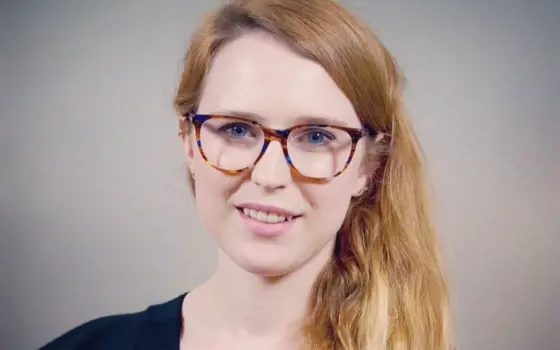
- Aerospace
- How I got here
- Issue 72
Q&A: Lucy Harden
Lucy Harden is a mechanical engineer on BAE Systems’ Digital Light Engine Head-Up Display development programme. She devises innovative solutions for pilots to display essential flight information that sits directly in their line of sight and is overlaid onto the real world.
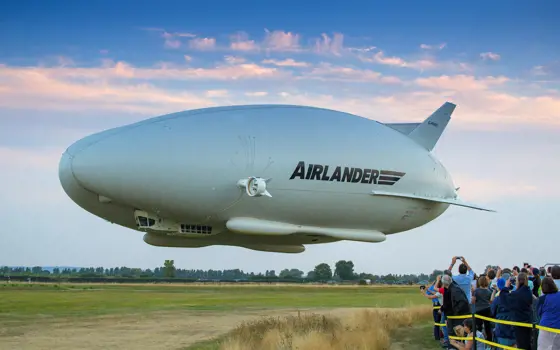
- Aerospace
- Issue 71
An aircraft like no other
The Airlander made headlines when it embarked on its first test flight in August 2016 as the world’s largest aircraft. Chris Daniels at Hybrid Air Vehicles Limited, and David Burns, Airlander’s Chief Test Pilot, talk about the engineering that helped it reach this stage and plans for the craft’s future.
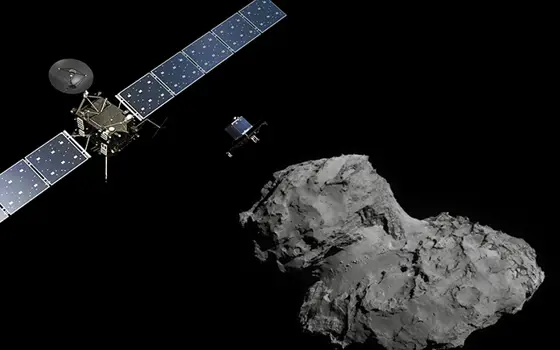
- Aerospace
- Issue 70
Communicating with outer space
The Royal Academy of Engineering awarded a team at BAE Systems the Major Project Award in June 2016 for their development of a powerful satellite modem system, pivotal in enabling the precise control of the pioneering Rosetta spacecraft and the first-ever soft landing of a spacecraft on a comet.
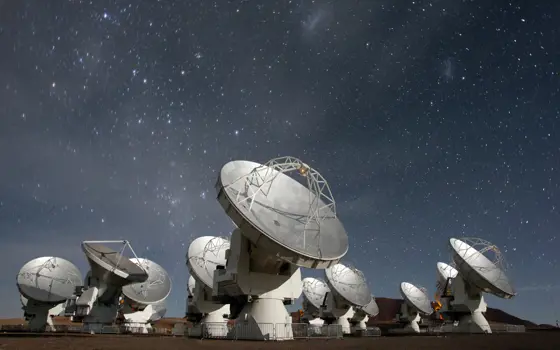
- Aerospace
- Issue 65
ALMA – the high altitude observatory
The Atacama Large Millimetre/submillimetre Array (ALMA) is the largest and most expensive ground-based telescope built, revolutionising our understanding of stars and planetary systems. Building it in the Atacama Desert in Chile required the ingenuity of hundreds of engineers.